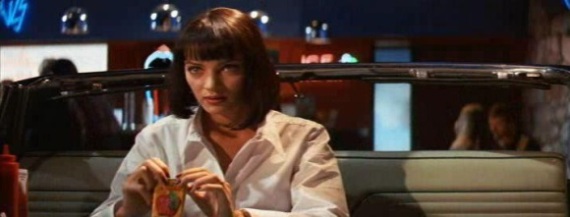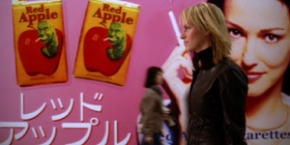Every movie released in the United States today is rated by a system developed in 1968 by the Motion Picture Association of America (MPAA). However, eighty years ago, the production code was very different; since then, many restrictions have been lifted. This change in standards of censorship for films is evident in The Breakfast Club, a coming-of-age film directed by John Hughes and released on February 15, 1985. The 1934 production code was initially created and proposed by clergymen Martin Quigley and Daniel A. Lord because they were especially concerned with the negative moral effects that certain films might have on the younger generation. The code was then implemented and enforced as a list of “Don’ts and Be Carefuls” by the MPAA to avoid government intervention in movie censorship. Even though in today’s age it seems like one of the milder rated R films, The Breakfast Club contains several violations of this older production code. Three of the biggest violations of the 1934 production code include profanity, illegal drug use, and reference to violence.
The most overt violation of the code in The Breakfast Club is profanity. This includes use of any obscene language such as “shit”, “fuck”, “piss”, “faggot”, and any variation of the above. It also includes irreverent use of the words “God” or “Jesus”. The high school student characters participate in much dialogue as the majority of the movie takes place in a single room, and there are at least fifty instances of profane language throughout the film. There are also numerous instances of sexual references and jokes. The code explicitly enumerates profanity as an element that is not allowed to appear in pictures; it is listed as the number one “Don’t”.
The second biggest violation of the 1934 production code by The Breakfast Club is the glorified use of illegal drugs, notably in a public school. At one point in the movie, the main protagonists get together and smoke marijuana in the library. They are portrayed as carefree teenagers having lots of fun; their blatant use of illegal drugs shows a disrespectful attitude towards Mr. Vernon, their detention monitor, and the school, which is a public institution, another violation of the code. The main protagonists destroy an abundant amount of school property, disrespectfully dance on top of desks and tables, run around recklessly through school hallways, use illegal drugs in the library, and rip apart library books; John Bender even curses at the figure of authority. According to the 1934 production code, this ruthless behavior would not be allowed to be shown in a film.
The last violation that will be discussed is the violent references. Andy and John briefly engage in a fight, and threats of violence are verbally thrown between Andy and John and from Mr. Vernon to John. John Bender mentions his abusive father, and Brian confides in his newfound friends, telling them about his attempted suicide with a flare gun. Though these instances did not directly display violence itself, the implications were strong and descriptions intense.
In The Breakfast Club, excessive profane language, glorified use of illegal drugs, and violent references are three of the biggest violations of the 1934 production code. When compared to this older code, The Breakfast Club is made out to be a very inappropriate film for general audiences and would not have been allowed to be shown in theaters.
















